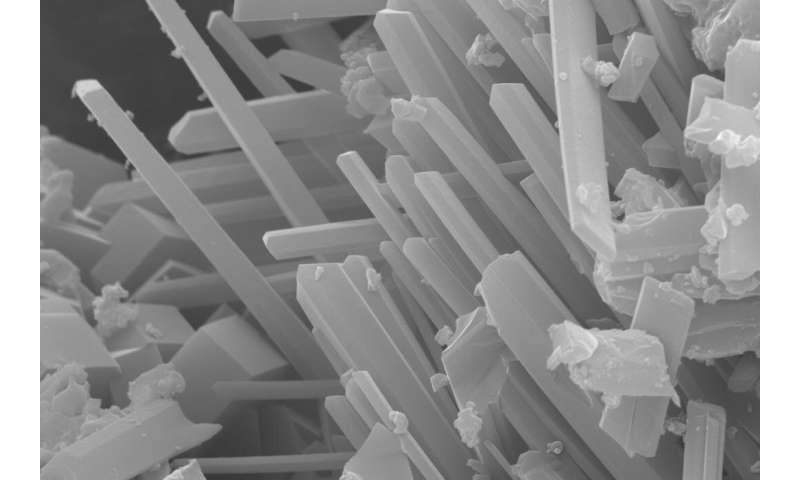Turning medical plastic waste into usable energy

University of Canterbury (UC) Chemical and Process Engineer, Professor Alex Yip is leading a research team aiming to turn medical plastic waste into energy using catalytic pyrolysis.
"Our technology will unleash the huge potential of using waste plastics as an energy-dense source, offering a solution to the global landfill pile-up," Professor Yip says.
Medical plastic waste which includes syringes and masks is a significant environmental problem. During the COVID-19 pandemic, medical plastic waste grew by 40% with much of it ending up in landfills as most of the plastic cannot be recycled effectively through conventional mechanical recycling.
Pyrolysis is a technique of converting carbon-containing waste materials, such as plastics, into solid, liquid and gaseous fuels. Thermal decomposition occurs in the absence or limited supply of oxygen and using heat.
"By coupling it with an effective carbon dioxide capture technique, the catalytic pyrolysis technology will be able to produce liquid fuels sustainably that are suitable for engines. The fuel composition will be adjustable to fit different commercial purposes in New Zealand that are difficult to electrify, such as fishing vessels, cruise ferries, and heavy construction equipment."
"There is no end to the use of medical plastics in the foreseeable future, and it will take decades before any transition can overtake the amount of medical waste ending up in landfill, so we wanted to find a way to treat the end-of-life of these waste plastics," Professor Yip says.
Additionally, by diverting the waste plastics destined for landfills into useful energy, less fossil fuels are burnt for new energy, reducing gas, coal, and wood emissions from combustion.
The furnaces used in pyrolysis can reach 1100°C for a cleaner burn and incinerate about 90 percent of the overall mass. The smaller hydrocarbons can then be refined into diesel (fuel) and other petrochemical materials. The technology also has the potential to handle packaging films, pouch bags, and multi-layered materials that most mechanical recyclers cannot.
The project team is currently seeking industry partnerships to further develop and upscale the process.
Provided by University of Canterbury